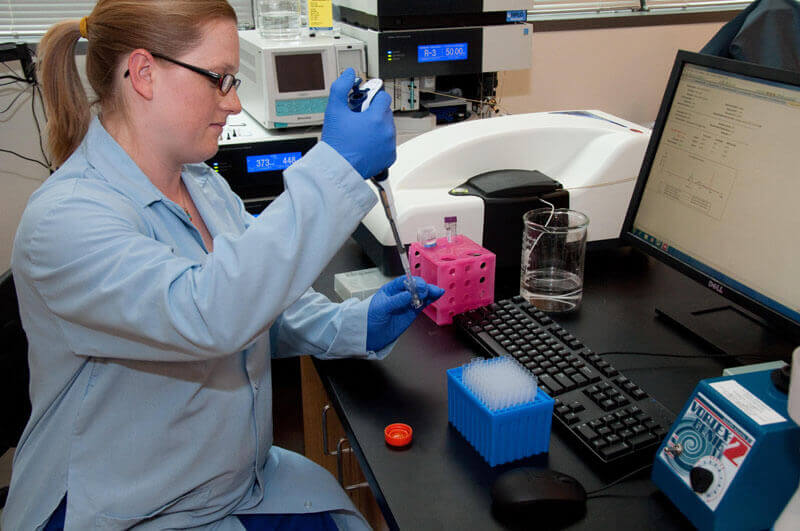Tricia AungPATH
Tricia Aung is a regulatory associate at PATH, a global nonprofit dedicated to ending health inequity.
Recently, there has been a surge of interest in evaluating progress made on the 2012 President’s Council of Advisors on Science and Technology’s (PCAST) recommendations that aim to accelerate research and development (R&D) of new therapeutics. Numerous policymakers and stakeholders have weighed in including contributors to the PCAST report and Dr. Janet Woodcock—director of the Food and Drug Administration’s (FDA) Center for Drug Evaluation and Research (CDER).
PCAST’s recommendations—outlined in the Report to the President on Propelling Innovation in Drug Discovery, Development, and Evaluation—support an ambitious goal to double the output of new therapies for patients with unmet needs over the next 10-15 years.PCAST believes this goal can be achieved through several approaches and mechanisms including supporting federal funding for R&D, expanding use of public-private partnerships (PPPs), introducing new regulatory pathways, and improving capacity within the FDA to conduct post-marketing surveillance.
The House Energy & Commerce Subcommittee on Health recently held a hearing to solicit expert testimony on PCAST’s recommendations and is seeking additional feedback on how PCAST’s recommendations have been implemented and can advance its 21st Century Cures Initiative. Launched in April, the 21st Century Cures Initiative is a bipartisan effort to bolster biomedical innovation and support the discovery, development, and delivery of new treatments. During the hearing, experts recognized Congress and the FDA’s expansion of expedited approval pathways for products that demonstrate health benefits early in their clinical development.

On the FDA Voice blog, Dr. Woodcock also outlined initiatives the FDA and Congress have undertaken that are aligned with PCAST’s recommendations. She notes that CDER is involved with many PPPs—which were funded by the 2012 Food and Drug Administration Safety and Innovation Act (FDASIA)—which include collaborative efforts to advance knowledge of diseases and develop more efficient research tools and resources. The PCAST report specifically highlights the value of PPPs in R&D, noting the instrumental role they play in accelerating global health product development. By leveraging diverse expertise—including commercial knowledge and experience navigating regulatory pathways—PPPs facilitate the development of global health innovations.
In addition to funding new PPPs, FDASIA also provided the groundwork for the Breakthrough Therapy designation—an expedited regulatory pathway for new drugs and biologics that demonstrate promising preliminary clinical evidence. Eligible products must treat serious or life-threatening diseases with unmet need. Products that receive Breakthrough Therapy designation benefit from a shortened development time period and intensive guidance from the FDA to guide them through the approval process. So far the FDA has granted Breakthrough Therapy designation to 44 products—including tafenoquine—an investigational medicine for the treatment and relapse prevention of Plasmodium vivax malaria. Tafenoquine was developed by GlaxoSmithKline and GHTC member Medicines for Malaria Venture. The expedited clinical development and review times for tafenoquine have the potential to accelerate downstream access to a much needed malaria drug. Breakthrough Therapy designation has been a welcome addition to the three other accelerated FDA pathways that existed when PCAST issued its recommendations.
It is evident that PCAST’s recommendations have resulted in substantial initiatives that have enhanced R&D and global health innovation. Despite this progress, there are additional opportunities to strengthen US commitment to R&D and advance the discovery, development, and delivery of new therapeutics.